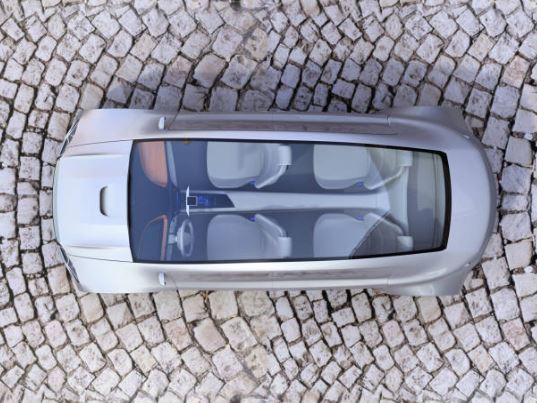These sensors are tiny, they are in the headlights, and the mirrors the main nav system could no doubt host the innards from a high end laptop.I think it's very different running a nvidia GPU full time on end, then just running it for a couple simpler items.
You can bolt on self driving, that doesn't mean it's a good fit economically for it to be widespread among ICE vehicles. Trucks, sure. Lots of room there to support that type of thing. A mini cooper, Corolla, or Civic? These things get harder to do.
I think you are just underestimating how much of a modern vehicle is already 'drive by wire'.



